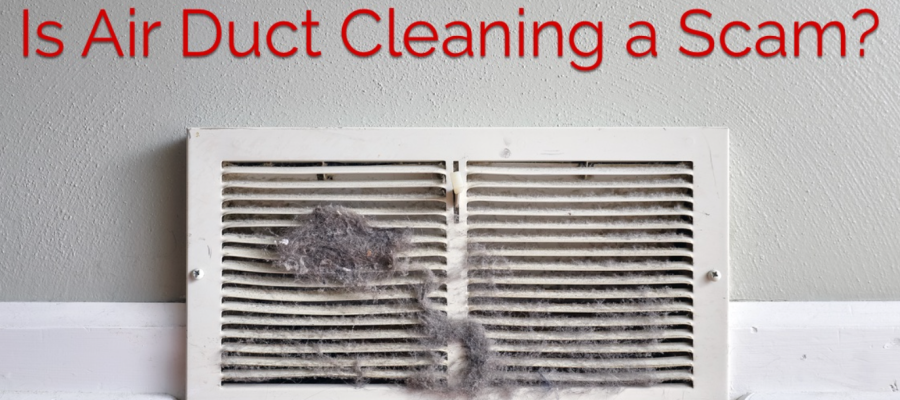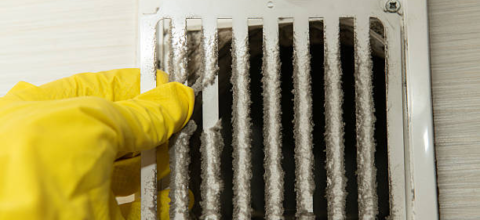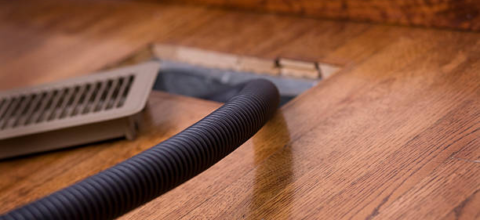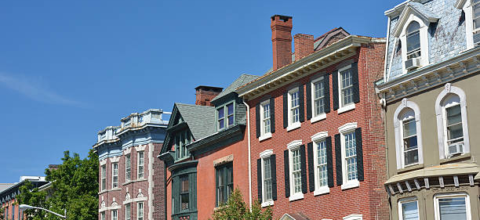Is Air Duct Cleaning a Scam? What Homeowners Should Know
Air duct cleaning is one of those services that naturally raises a few eyebrows—and often, for good reason. If you’ve come across a “whole-house cleaning for $49” ad on Facebook or other platforms, you’ve probably asked yourself: is air duct cleaning a scam?
The truth is, scams are real—but so are professional, legitimate services. This guide will help you separate fact from fiction, recognize common scam tactics, and understand what quality service actually looks like.
What Are Air Duct Cleaning Scams?
The term air duct cleaning scams refers to deceptive practices aimed at charging homeowners for unnecessary or incomplete services. These scams often rely on fear-based selling—mentioning mold, allergens, or compromised indoor air quality—and typically target cautious or uninformed homeowners.
Some of the most recognizable scams involve:
- Ultra-low price bait to gain entry
- Claims of dangerous mold without proper testing
- Rushed, incomplete cleaning jobs
- Upcharges for services that weren’t discussed in advance
- Fake certifications, including false claims of NADCA membership
So how do these scams work—and more importantly, how can you spot them?
How Do Duct Cleaning Scams Work?
Many duct cleaning scams begin with ads promoting unbelievably low prices. These offers often appear on platforms like Facebook, Craigslist, or even local flyers. The company might request a deposit, gather your address, or ask for personal details upfront. Once inside your home, they’ll often perform a superficial “blow-and-go” job—a quick vacuum pass that barely touches the system—before pressuring you into high-cost upsells: mold treatment, antimicrobial sprays, or full system replacements.
Another common tactic involves diagnosing a serious mold issue without any formal testing. In reality, mold identification and remediation should be handled by a licensed inspector—not a technician with a flashlight and a hard sell.
Why Are There So Many Air Duct Cleaning Scams?
- Low barriers to entry: In many states, there’s no licensing requirement to operate a duct cleaning business.
- Unseen systems: Homeowners can’t easily verify what’s happening inside their HVAC system.
- Emotional selling: By highlighting potential health risks (real or exaggerated), scammers use urgency to trigger fast decisions.
- Social media targeting: Scammers use platforms like Facebook to run cheap ads and reach a wide, often trusting, local audience.
Signs You’re Dealing with a Scam
Legitimate companies will offer transparent pricing, clear service details, and documentation. Here’s how to spot red flags:
1. The “Too Good to Be True” Price
If someone’s advertising full-house cleaning for $49, you’re likely looking at a bait-and-switch. A real cleaning job typically takes several hours and costs between $300 and $500 for an average-sized home. Don’t fall for misleading offers—see what typical homeowners are paying and know what to expect.
2. Mold Claims Without Testing
Be wary if a technician claims they found dangerous mold and immediately offers removal services. Real mold identification requires lab testing—and no honest provider will make that diagnosis with a flashlight.
3. Pushy Sales Tactics
If the technician pressures you into extra services, insists on immediate payment, or says “you must act now,” take a step back. Legitimate providers don’t rush your decision.
4. No Credentials or Insurance
Always verify NADCA membership directly on the official website. If a business claims certification but isn’t listed—or refuses to show proof of insurance—walk away.
What Does a Real Cleaning Involve?
A legitimate HVAC service is detailed and process-driven. It should include:
- Visual inspection before and after the job
- Use of industry-grade vacuums and rotary brushes
- Access to supply and return ducts, registers, and grills
- Time spent cleaning—not just blowing air or vacuuming at the surface
- Optional (but discussed) use of EPA-approved antimicrobial agents
Cleaning should take between 2 to 5 hours depending on the size of your home and HVAC system complexity—not 20 minutes.
Hiring Smart: What to Look For in a Provider
Now that you know the red flags, let’s talk about finding a reliable professional. Use this checklist:
- Check online reviews on trusted platforms (Google, BBB, etc.)
- Look up NADCA certification to confirm legitimacy
- Ask if the team uses cameras for before/after documentation
- Request an upfront quote with itemized services
- Verify that the provider offers both residential and commercial services, which often reflects greater expertise
What to Know Before You Book
Why do scammers claim they found mold?
Because mold scares people—and scare tactics sell. A false diagnosis can justify hundreds of dollars in surprise fees. Only a licensed mold inspector should identify mold.
Can a scammer ruin my HVAC system?
Improper cleaning can dislodge insulation, damage ducts, or push contaminants into your living space. Always work with trained professionals who understand how to disinfect air ducts safely.
How much should duct cleaning cost?
The national average cost ranges from $300 to $500, but larger homes or complex systems may cost more. Anything under $100 is often a red flag.
What if I already hired a bad contractor?
If you suspect fraud, file a complaint with the Better Business Bureau, leave an honest review, and report the company to your state consumer protection office.
Keep This in Mind Next Time You See an Ad
So, is air duct cleaning a scam? Not inherently—but it’s an industry that attracts bad actors due to its low regulation and the average homeowner’s limited visibility into HVAC systems.
The best defense? Stay informed. Ask smart questions. Know the difference between real service and rushed sales tactics.
Clean air shouldn’t come with confusion or regret. Choose providers you trust, not just the ones offering a deal too good to question.









